DISCOVER THE TIMELESS ELEGANCE OF WOOD
THE BEAUTY OF WOOD


DISCOVER THE TIMELESS ELEGANCE OF WOOD
Wood cabinetry offers a unique and natural beauty that adds warmth and character to your home. As each tree grows, it creates wood with its own story, reflected in the grain, color, and texture. This guide will help you understand what makes wood cabinetry so special and how to choose the best fit for your style and home.
Cover Image:
Door Style: Concord Inset

Primary Species: Quartersawn White Oak | Finish: Cashew
Accent Species: Red Oak | Finish: Black
Designed by Julie Piesz Interiors in Rockwood, MI.

Primary Door Style: Aria | Species: Hickory | Finish: Sable Accent Door Style: Pendleton | Species: Paint Grade | Finish: Black Designed by the Showplace Design Service Department for HGTV’s Down Home Fab by Chelsea and Cole DeBoer.
VARIABILITY IN WOOD NATURE’S SIGNATURE
Wood is a living, breathing material—never manufactured, never replicated.
Because it comes from nature, no two pieces are ever exactly alike. Each board reflects the tree it came from— its climate, soil, age, and growth patterns—making wood cabinetry warm, authentic, and timeless. Unlike synthetic materials, wood is rich in natural variation, and each species brings its own unique character to your home.
As you explore your options, take time to research the different wood species we offer. This guide, along with our website and other online tools, will help you understand the natural features to expect—from graining and ray flecking to gum pockets, mineral streaks, and more. While some extremes are filtered out during production, many of these traits are part of wood’s story and should be embraced as part of its beauty.


COLOR RANGE BY SPECIES
On this spread, you’ll see visual examples of the natural range of color we accept within each wood species. Each swatch is shown in our Natural stain which is a clear finish meant to enhance the wood’s natural tone. While wood naturally varies in grain and character, these swatches focus specifically on the color spectrum of natural wood that could be found in Showplace Cabinetry.
MAPLE
A strong, evenly-textured wood with smooth, closed grain. Its pale color, ranging from nearly white to light, reddish-brown, makes it versatile when stained.

RUSTIC ALDER
A light and soft hardwood featuring characteristics like knots, pinholes, and mineral streaks, giving it a warm, rustic appeal.

CHERRY
Renowned for its rich, reddish-brown color that deepens with age. It has a smooth, fine grain with occasional gum streaks and small knots, making it a classic choice for elegant cabinetry.

RED OAK
A hard, heavy wood with an open grain and coarse texture. Its light-tomedium-brown tones, often with a reddish hue, pair well with traditional and rustic designs.
WHITE OAK
A durable hardwood with a straight, open grain and characteristic ray flecks. Its light-to-medium-brown color and adaptability to stains make it ideal for versatile and timeless styles.
HICKORY
Known for dramatic contrasts between light sapwood and dark heartwood. Its bold, prominent grain and natural features like knots and mineral streaks create a strong rustic aesthetic.
WALNUT
A rich, dark hardwood with a smooth grain. Its color ranges from creamy white sapwood to deep, chocolatebrown heartwood, offering a luxurious and distinctive appearance.




When considering a flat panel door style talk to your designer about the differences between a solid wood center panel or a veneered center panel. Solid wood center panels provide more consistent color and grain between stiles, rails, frames, and other cabinetry parts.
For example, the solid panel (SP) door below features a knot in the center panel that is open versus the veneered panel door’s knot is not open and has different coloring.
SOLID PANEL
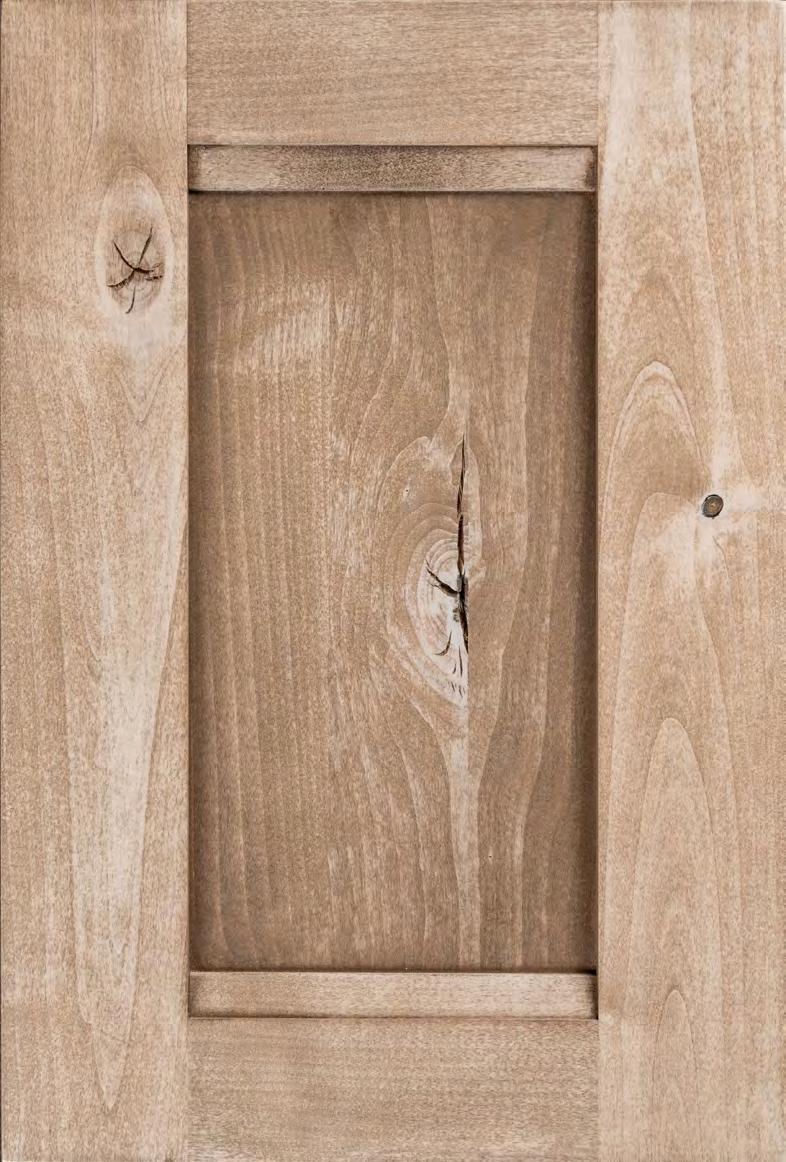

RUSTIC ALDER SUTHERLAND + MONTANA
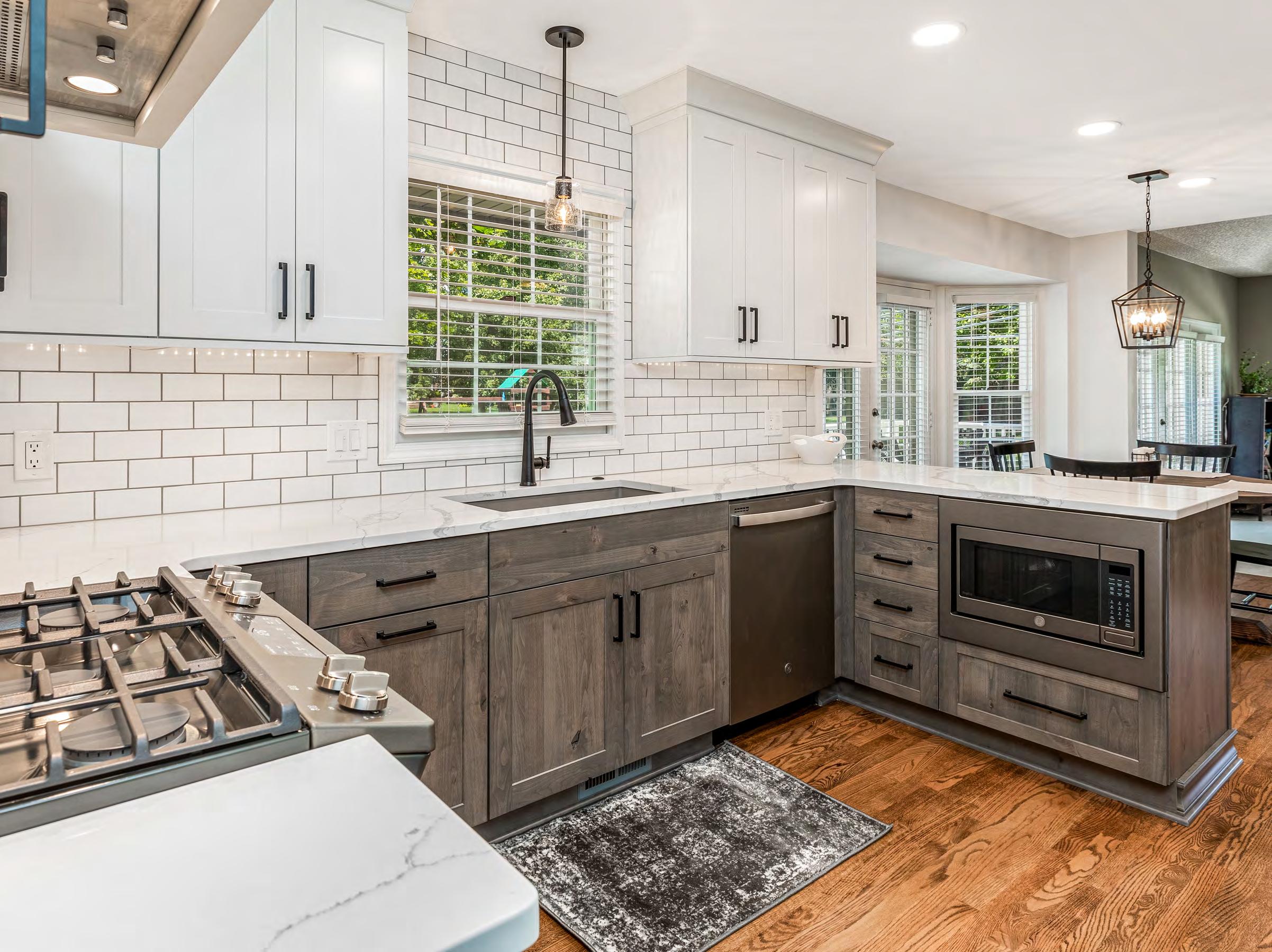
Every wood species has unique characteristics—like knots, ray flecks, mineral streaks, gum pockets, and grain patterns—that reflect the tree’s natural history. These features aren’t flaws; they’re part of what gives wood its warmth, depth, and authenticity. While not every possible feature can be shown here, it’s important to understand that these natural markings tell the story of the wood’s life.
It’s also important to understand that grain patterns and knot placement are naturally occurring and not customizable. Personal preferences—such as wishing a knot were in a different spot—aren’t considered defects, but rather part of what makes natural wood cabinetry one-of-a-kind.

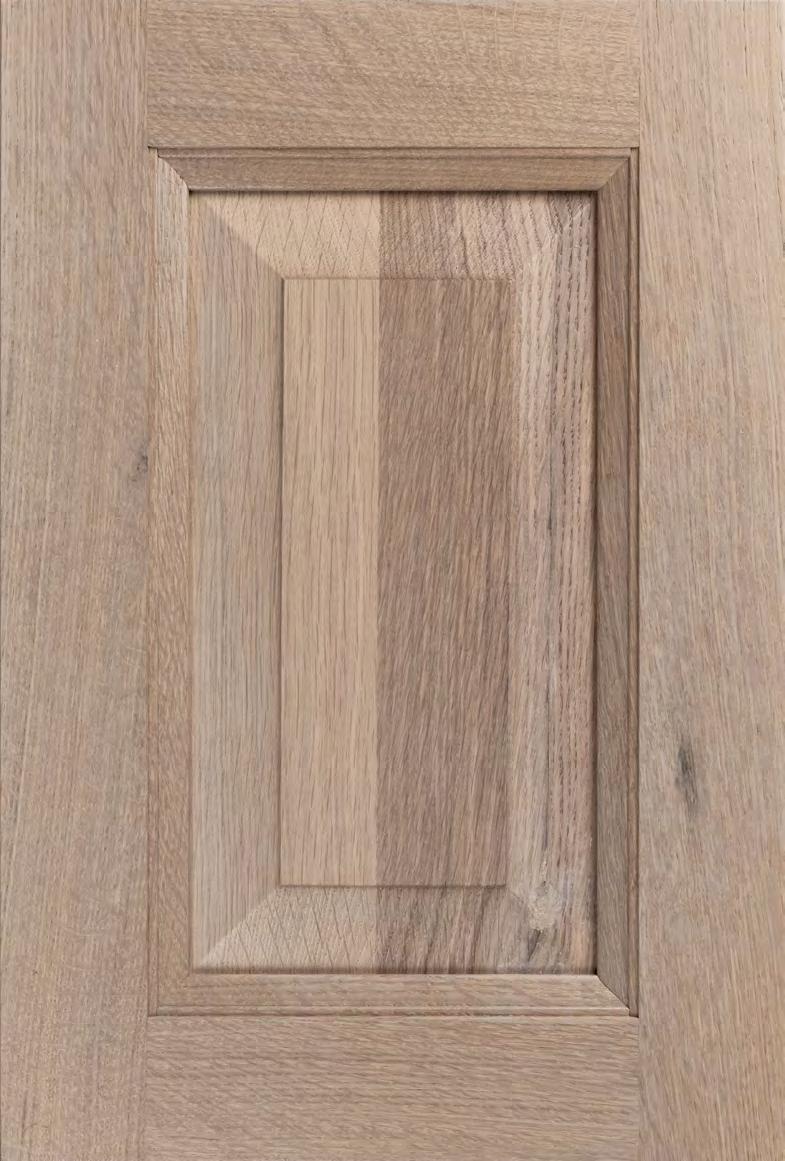
Center Panel Color Variation

RUSTIC ALDER

HICKORY
Large wood panels—used for islands, tall ends, or appliance panels—are made from plywood and often showcase dramatic color and grain variation. These panels can also show repeating patterns depending on how the veneer was sliced and applied. This is completely normal and expected. If you’re sensitive to this level of variation, talk to your designer about what to expect and review samples to ensure you’re comfortable with the natural look of these larger surfaces.

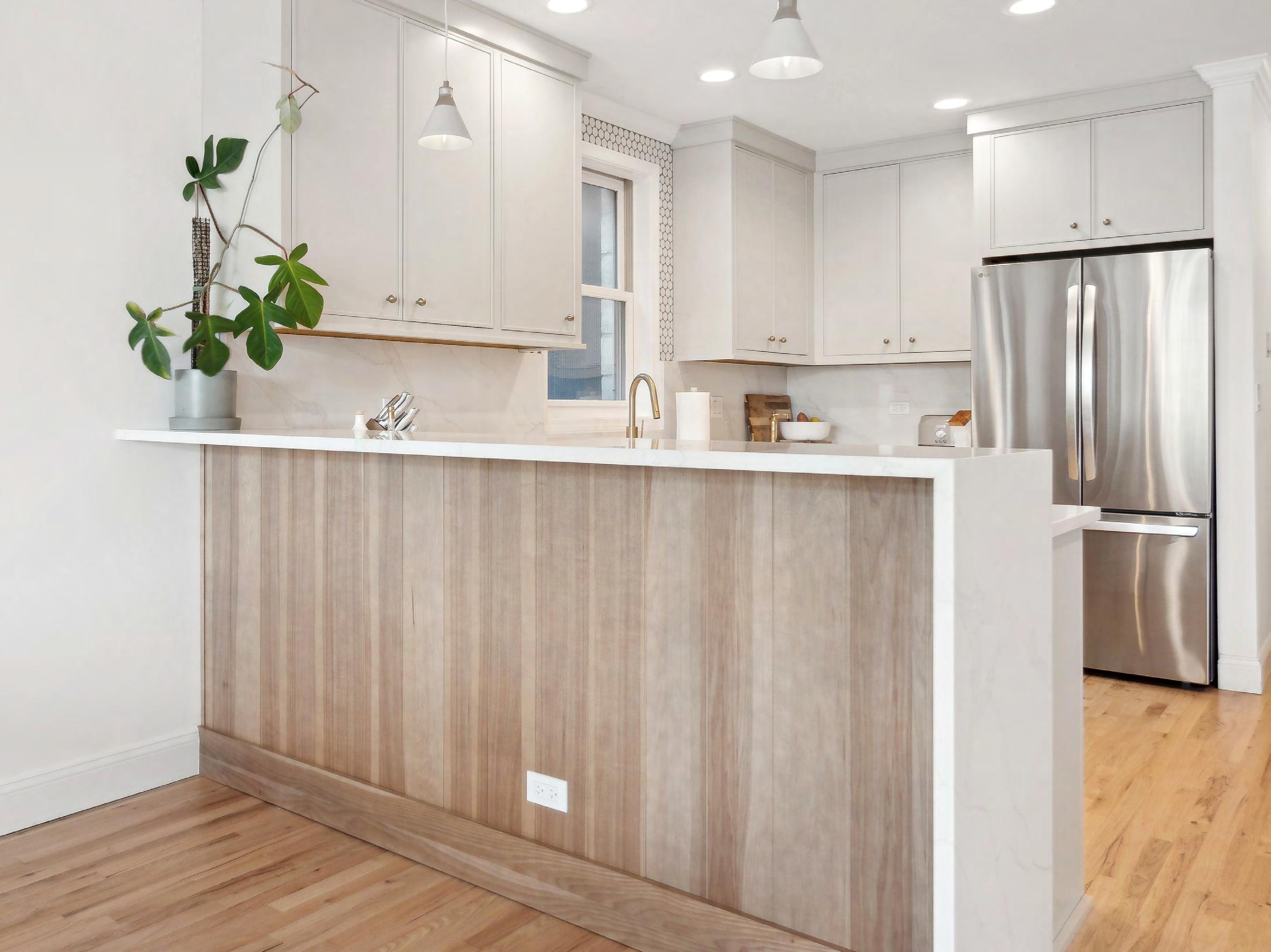
PRO TIP
Our slab door styles—like Horizon, Milan, and Vienna—are not book matched, which means the grain patterns will not align or flow continuously across adjacent doors, drawer fronts, or panels. While some incidental matching may occur, it is not planned or guaranteed. Because these styles use natural veneer, each piece is unique and will feature individual grain movement and color variation. If you’re envisioning aligned graining, talk with your designer to set realistic expectations, review sample photos to ensure slab doors are the right fit for your project, and/or consider an alternative surface, like foils, for more consistent patterns.

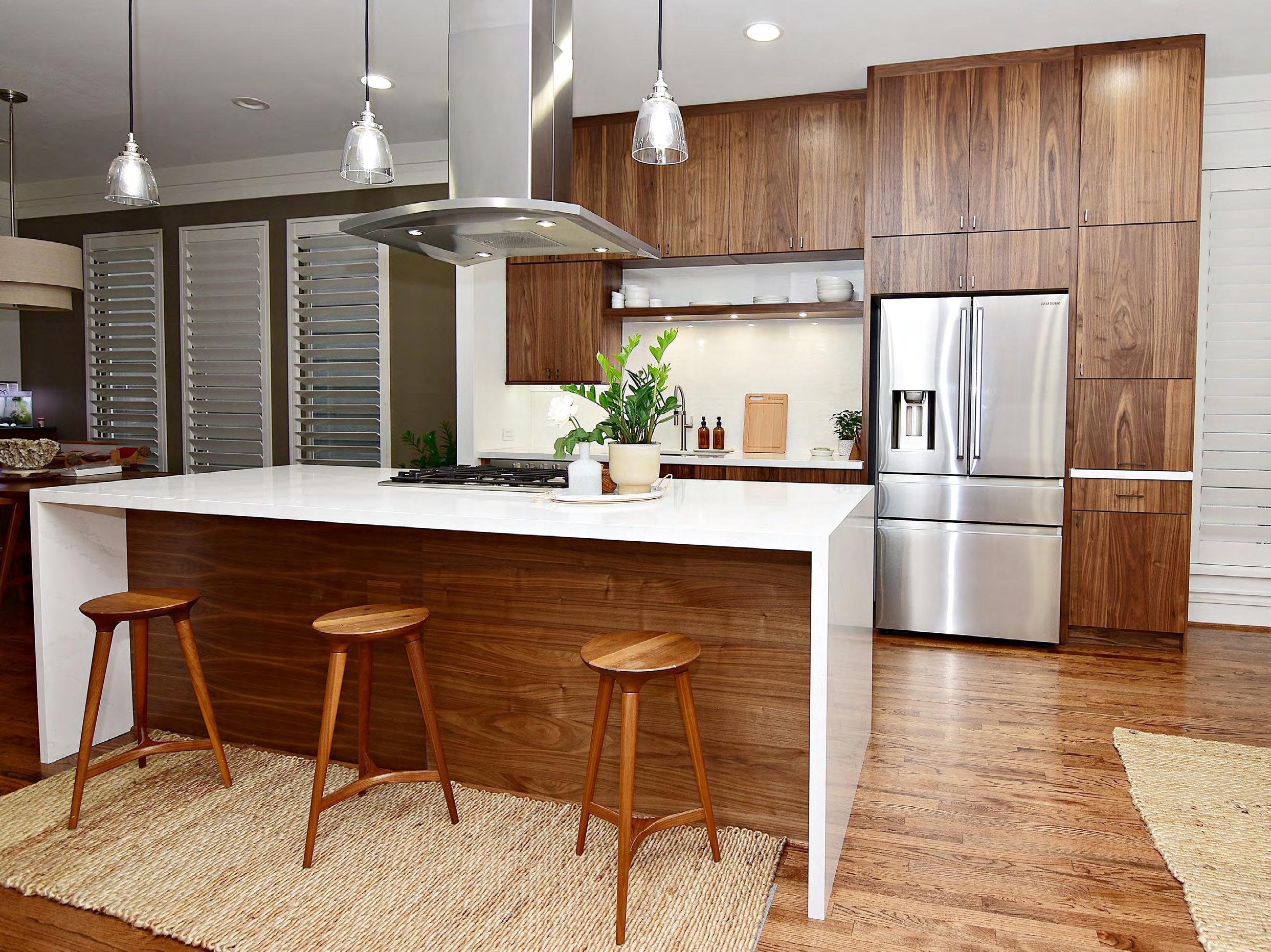
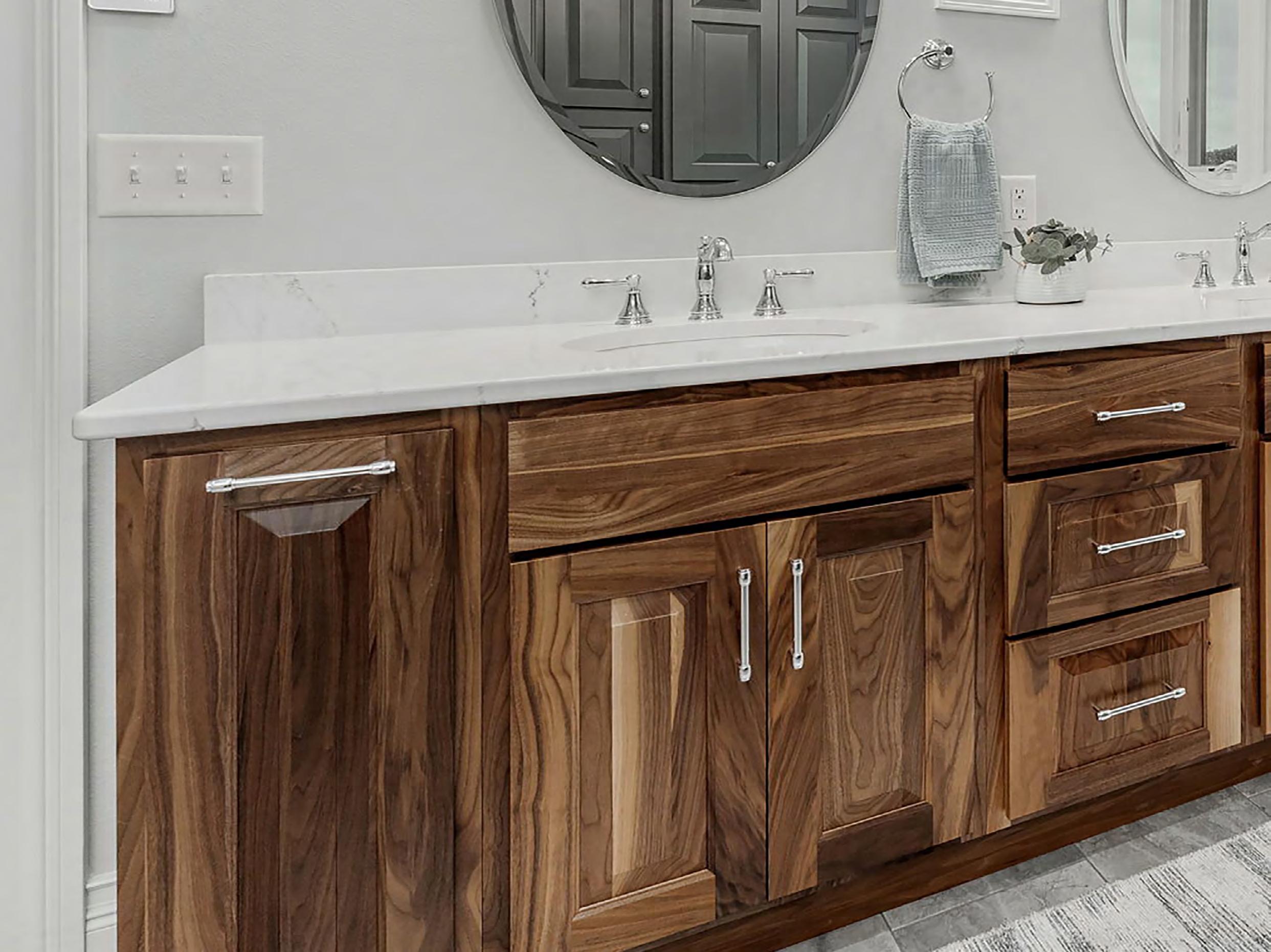

OTHER RESOURCES
For more information on our wood species, scan these QR codes.
THE ROLE OF STAIN ENHANCING OR MUTING VARIATION
Stains are designed to enhance the natural beauty of wood by interacting with its surface. They highlight the unique characteristics of each wood species, creating a finish that complements the material’s inherent features.
• Standard Stains: Offer a more subdued effect, helping to create a consistent tone by muting some of the natural variations in the wood.
• Character Stains: True to their name, these stains are formulated to highlight the unique features of the wood. They enhance natural variations such as knots, grain patterns, and tonal shifts, bringing out the inherent “character” of each piece.
Because stain interacts with the wood’s natural structure, its final appearance can vary based on factors like the amount of sapwood or heartwood in the material. Darker stains can tone down variation for a polished look, while lighter stains often make the highs and lows more pronounced, celebrating the wood’s organic beauty.


SEE THE POWER OF STAIN
The images below show each wood species in its raw, unfinished state (left) compared to the same door finished in stain (right). This visual contrast helps demonstrate how stain interacts with the wood—especially with character stains, which draw out natural features like knots, mineral streaks, and grain patterns.
UNFINISHED STAINED


CHERRY PENDLETON + MONTANA
Open-graining absorbs stain more, causing those sections to appear darker—note this especially on the Maple Cashew Edgewater door.
Each piece of wood is truly one of a kind—even boards from the same tree or batch will take stain differently. So while these photos are helpful, they represent just a few examples of what’s possible. Your final cabinetry will feature a range of tones and characteristics that reflect the unique beauty of natural wood.


When selecting your stain, order 2-3 sample doors to see how the finish interacts with the wood species you’ve chosen. The visual here shows four doors of the same finish ordered at different times, showcasing how wood and stain characteristics can vary while the tone/color remain consistent. This variability is normal and expected in real wood cabinetry. For large projects, you may see multiple variations like this within one kitchen. If ordering multiple doors isn’t feasible, our website offers a wealth of images to help you explore and understand acceptable variation in wood and stain.

HICKORY

HICKORY

HICKORY

HICKORY
PRO TIP
Keep in mind that the same stain, such as Montana, can look different on various wood species. Just because you love it on Maple, doesn’t mean it will appear the same on Quartersawn White Oak. Always review samples and photos on our website carefully before making your final decision.
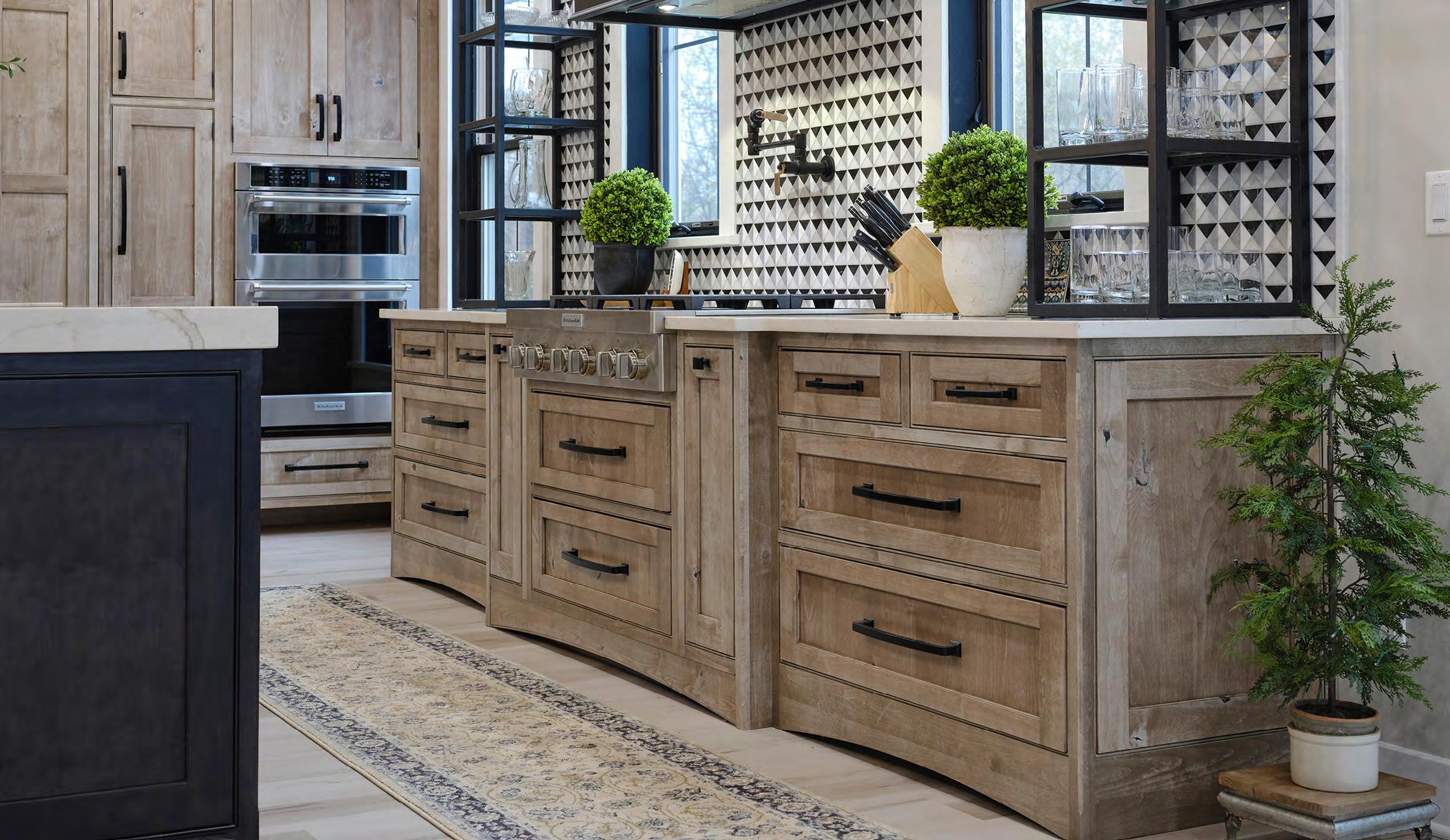
Accent Species: Maple | Finish: Midnight
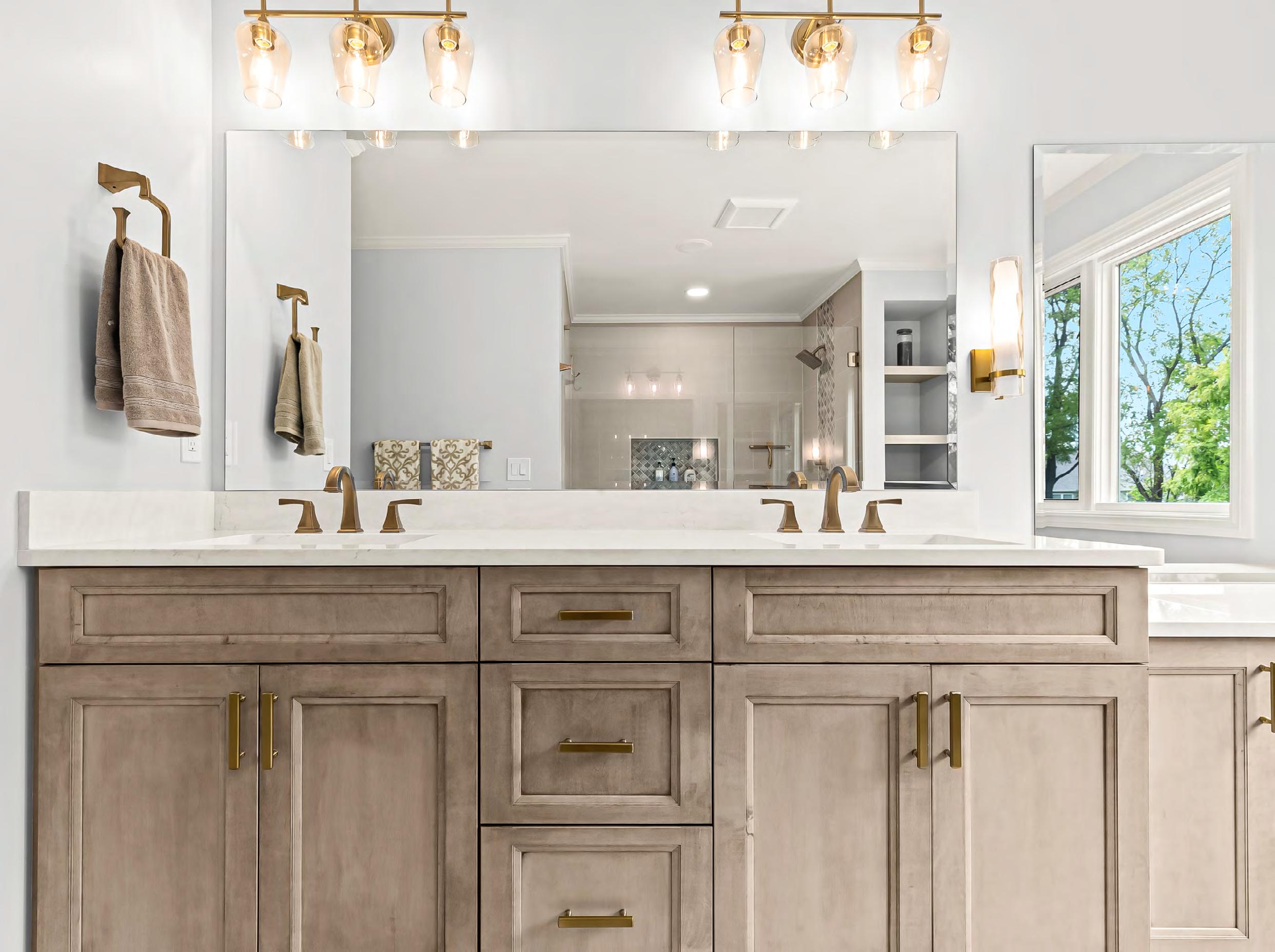
Showroom samples should not be older than 2 years when selecting colors, as aging, exposure to light, etc. can alter their appearance. Additionally, avoid choosing solely based on sample chips, as their size doesn’t adequately display color and variation.

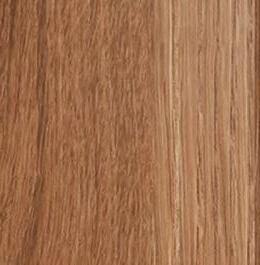
RIFT WHITE OAK

HICKORY
HILLCREST + PAMPAS



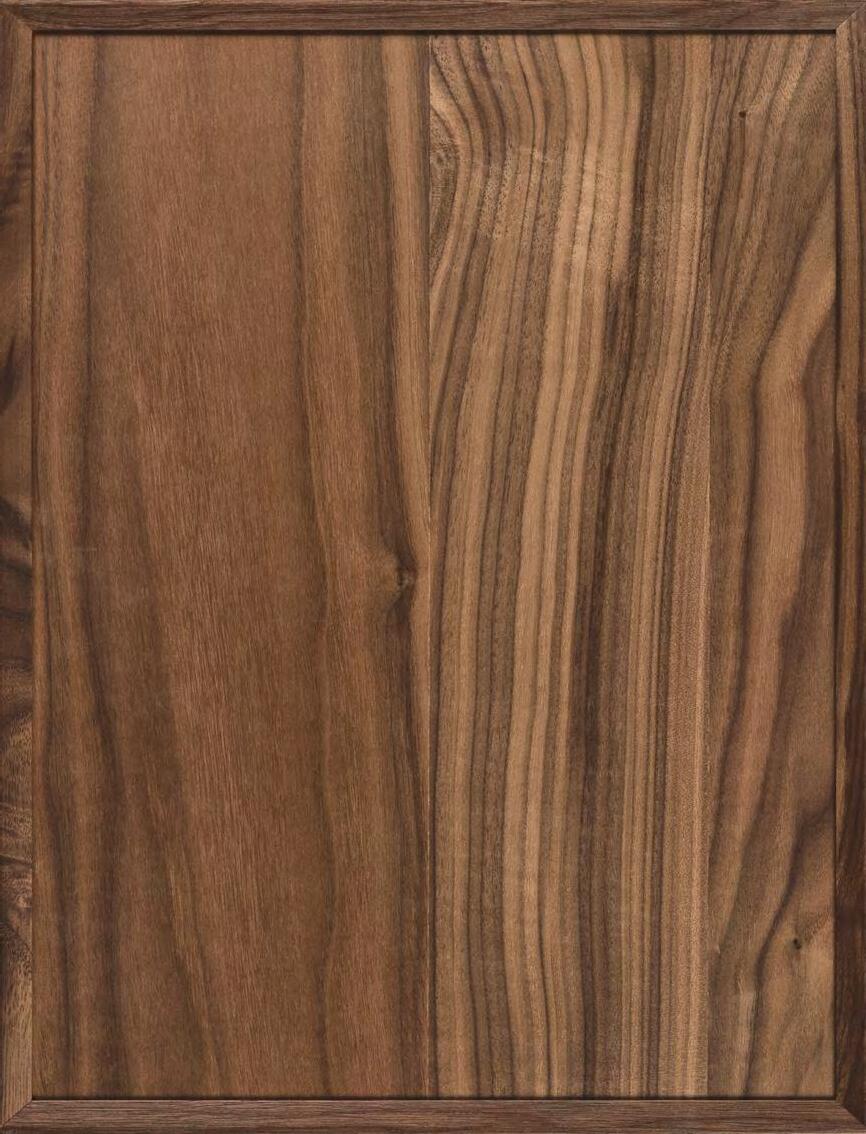

Slab doors are constructed using veneer, which accepts stains differently than solid wood, often creating more pronounced color shifts or darker striping—especially compared to raised or flat panel doors. In the visual below, all three doors and headers are the same stain on the same species, yet the slab components show more variation. If you’re selecting five-piece doors with slab headers, expect visible grain direction shifts and tonal differences. These are not defects—they’re a result of natural wood variation and how stain interacts with different materials. Talk with your designer to understand your options and determine what combination is best for your vision.


SOLID PANEL

MAPLE
EDGEWATER + MONTANA
VENEER SLAB

SOLID SLAB
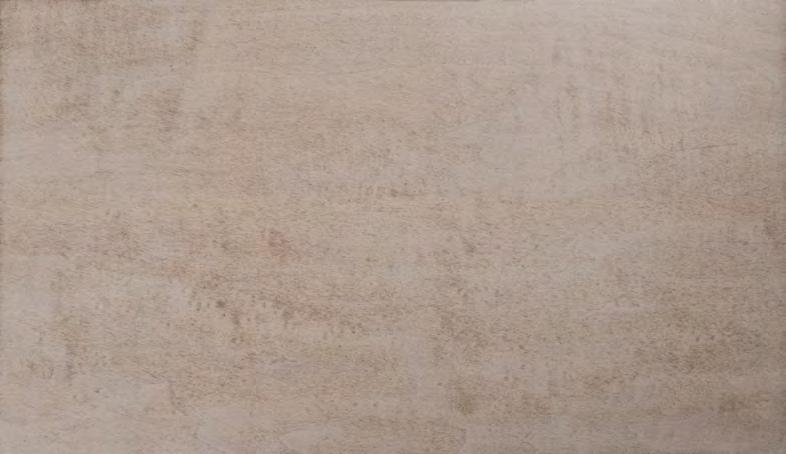
FIVE-PIECE

HEADERS

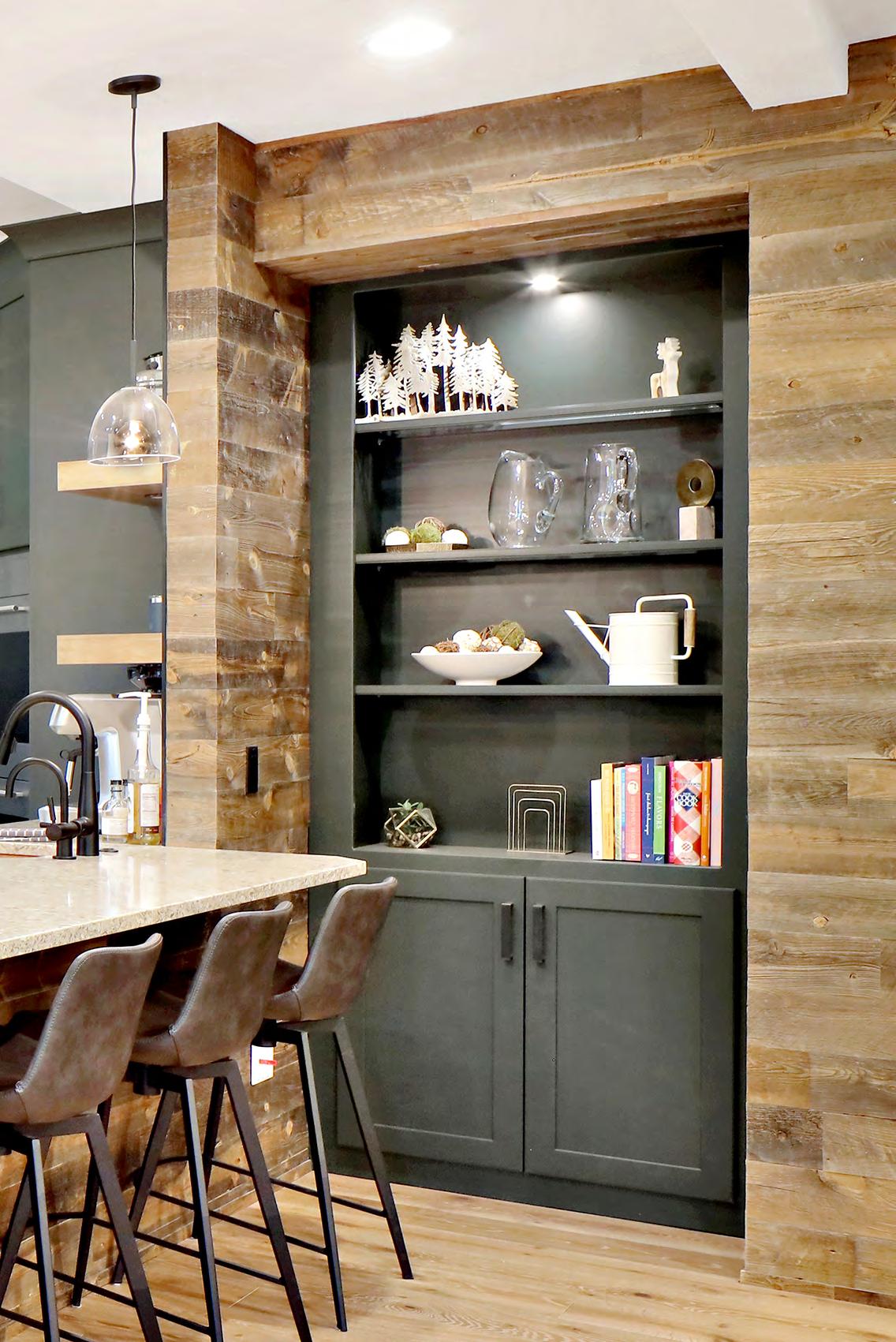
OTHER RESOURCES
For more information on our stains, scan these QR codes.
Available Stains
What is a Character Stain?
See Real Homes
BEYOND THE WOOD ENVIRONMENTAL FACTORS
Your home environment plays a significant role in how your cabinetry looks and ages. Factors like lighting, humidity, and daily use all impact wood’s appearance over time.

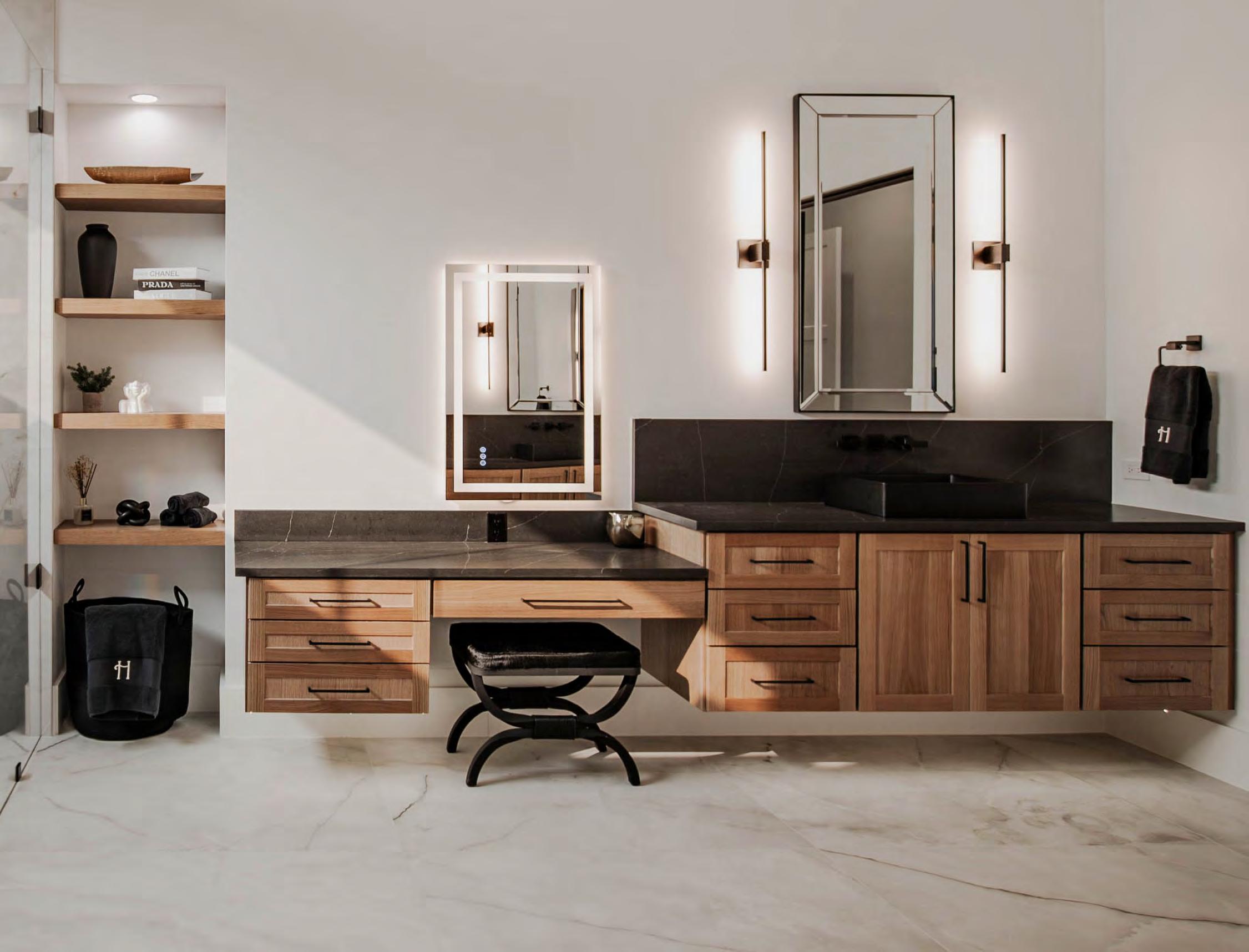
LIGHTING CHANGES EVERYTHING
Can you see how one of our most popular finishes looks different in these three settings? Make sure to work with your designer and talk about lighting (natural and created) in your home to help guide your decision on cabinetry finish.
SPACE #1
This large open kitchen features light wall colors, flooring and countertops with plenty of overhead lighting giving the space a bright feel. This is an ideal setting and makes the cabinets appear consistent and more true to color.

Door Style: Pendleton Inset
Primary Species: Quartersawn White Oak | Finish: Pampas
Accent Species: Paint Grade | Finish: Graphite
Designed by Haggard Home Cabinetry & Design in Johns Creek, GA.
SPACE #2
This space features large, open windows, without window coverings, exposing the cabinets to strong sunlight all year long. Stain does not protect wood against UV exposure, and, in this particular case, has even caused the cabinets to change color, making them appear more yellow than when they were first installed. No matter the level of sunlight exposure, cabinet colors should be expected to change over time.

SPACE #3
This bathroom features darker wall colors, less lighting, and more shadows, making the cabinets appear darker than the other two examples.
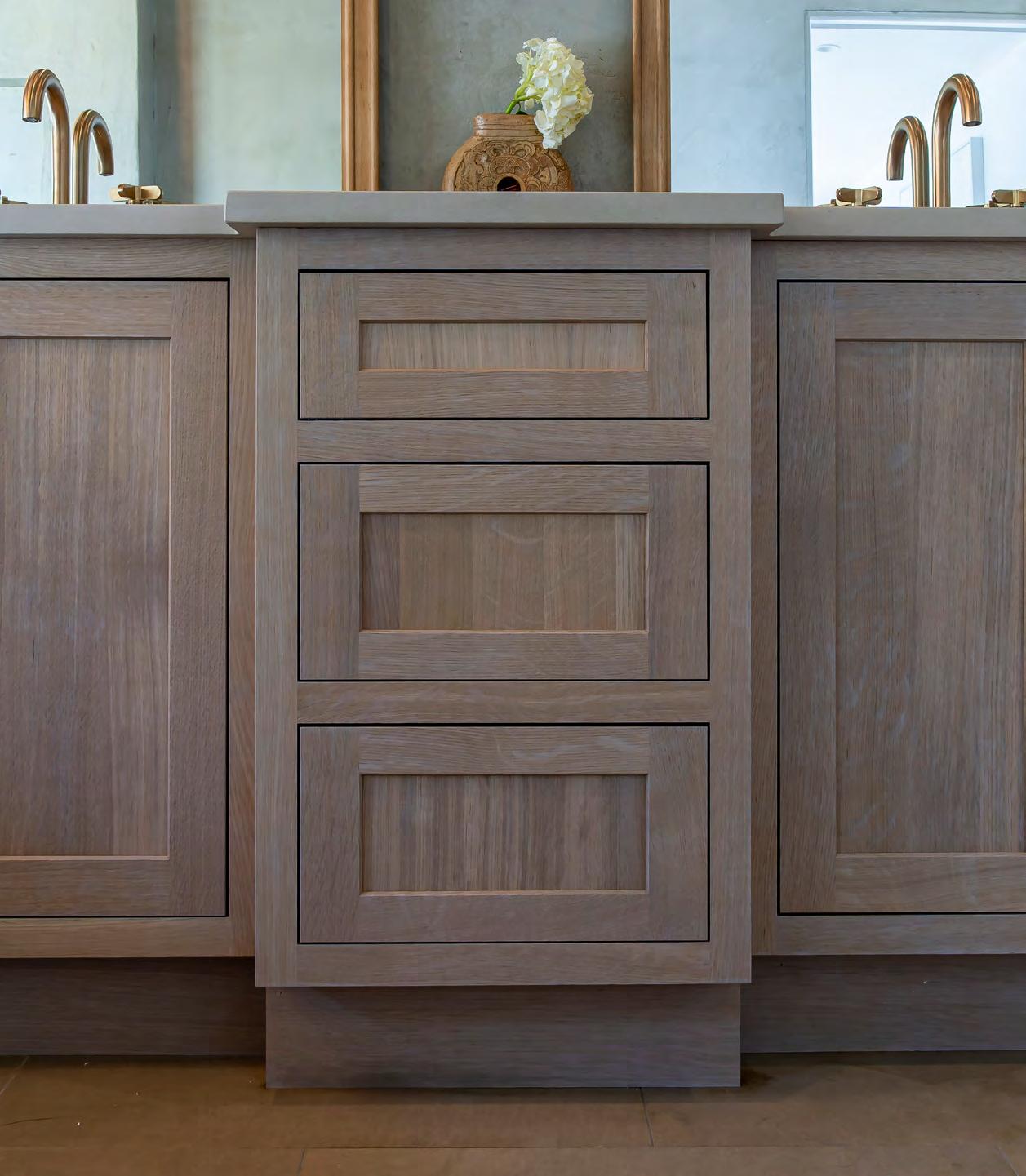
THE IMPACT OF EVERYDAY LIFE
Every home is unique and meant to be lived in, and various factors will influence how wood cabinetry acclimates and responds over time. Your home’s specific environment—including temperature control, humidity levels, daily habits, and exposure to light—will shape how your cabinetry ages and evolves.
Wood is hygroscopic, meaning it absorbs and releases moisture based on environmental conditions.
See visual examples of the items mentioned to the right.
EXPANSION AND CONTRACTION
Seasonal shifts may result in visible joint lines, unstained center panel outerlines, or slight warping (up to 1/16" per lineal foot is allowable) on doors.
WATER AND SMOKE DAMAGE
Spills, excessive mopping, and smoke exposure can cause discoloration or long-term damage.
NORMAL WEAR AND TEAR
High-use areas like trash pullouts or cabinet edges may show gradual wear over time. Surface damage, like nicks, dents, and scratches should be expected from a home well lived in!
PRO TIP
Protect your cabinetry by controlling sunlight exposure (use window coverings) and maintain a stable humidity level (30-55%) with a whole-home humidifier. Wood’s natural response to its environment is part of its beauty—embrace it as a living material that evolves over time.
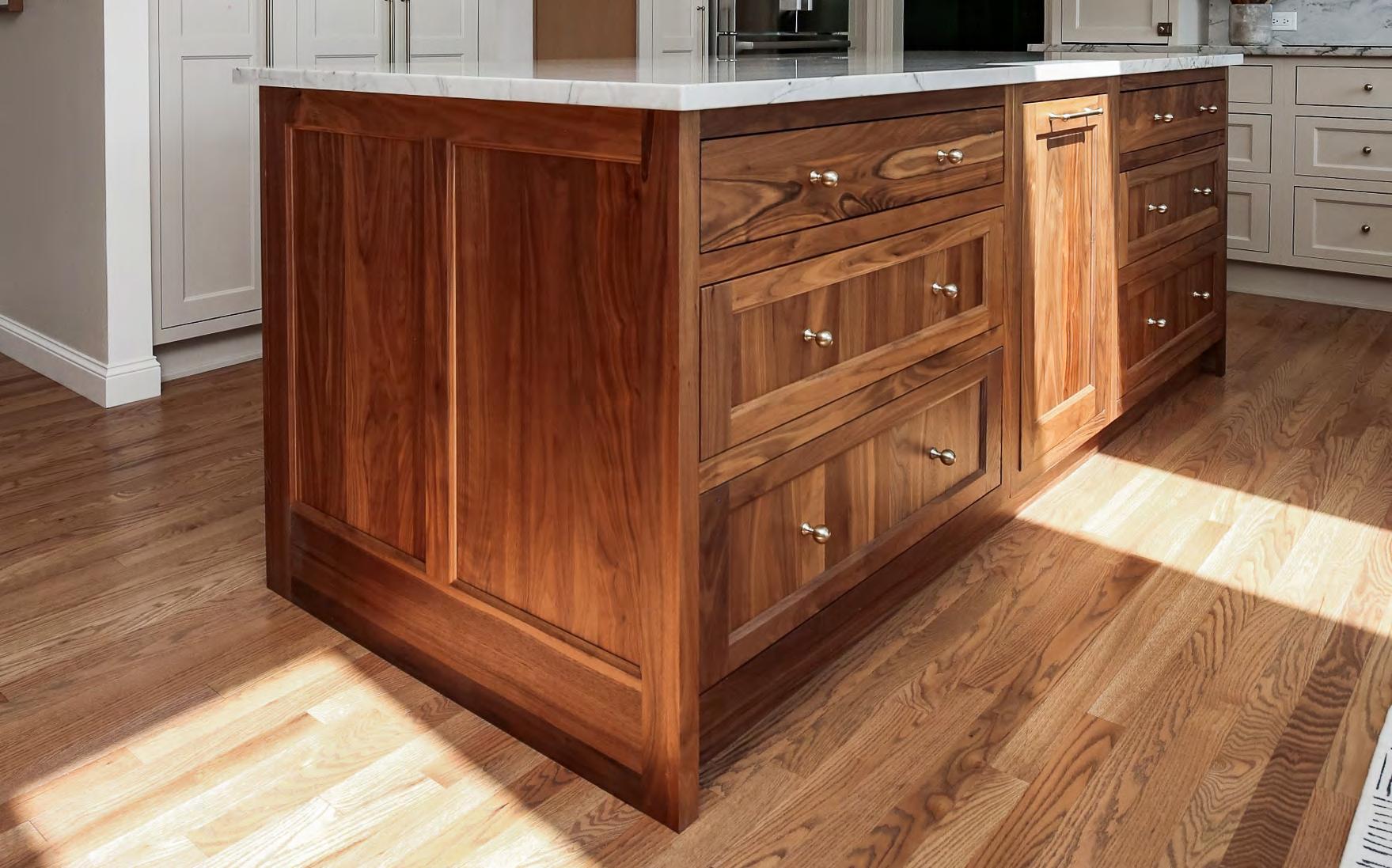
Primary
Accent Species: Walnut | Finish:
Adjustments can be made to accommodate natural wood movement. Hinges, bumpers, or magnets can help correct minor warping or shifting. Work with your dealer to fine-tune these details.
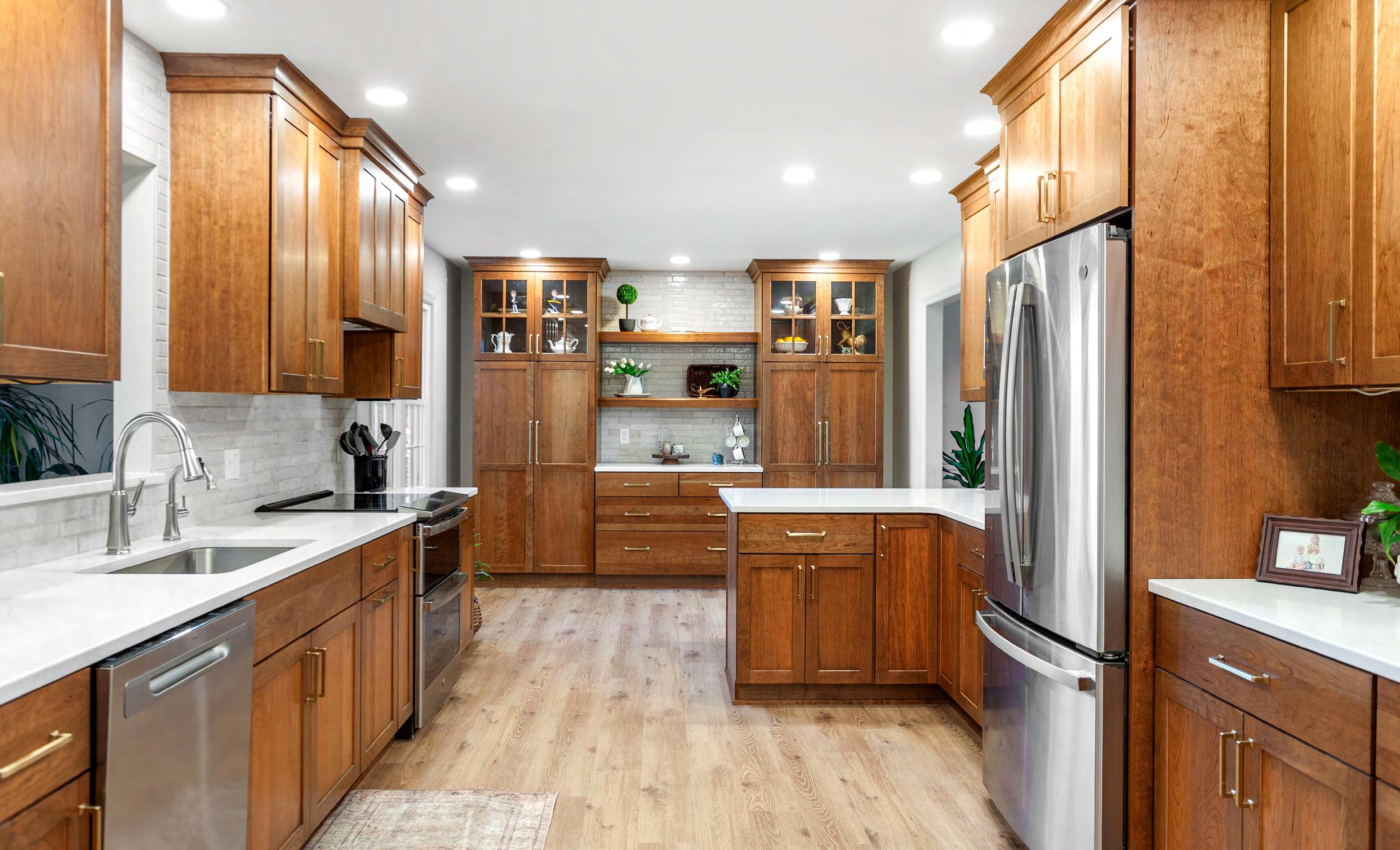
Wait until your kitchen is fully installed— wall paint, hardware, countertops—before evaluating how everything comes together. Seeing the space as a whole will help you make the best assessment of your cabinetry. Additionally, allow your new space to adjust to your home’s temperature and humidity for a full year. If you own a seasonal home that isn’t temperature or humidity controlled, be aware that this can dramatically impact wood movement.
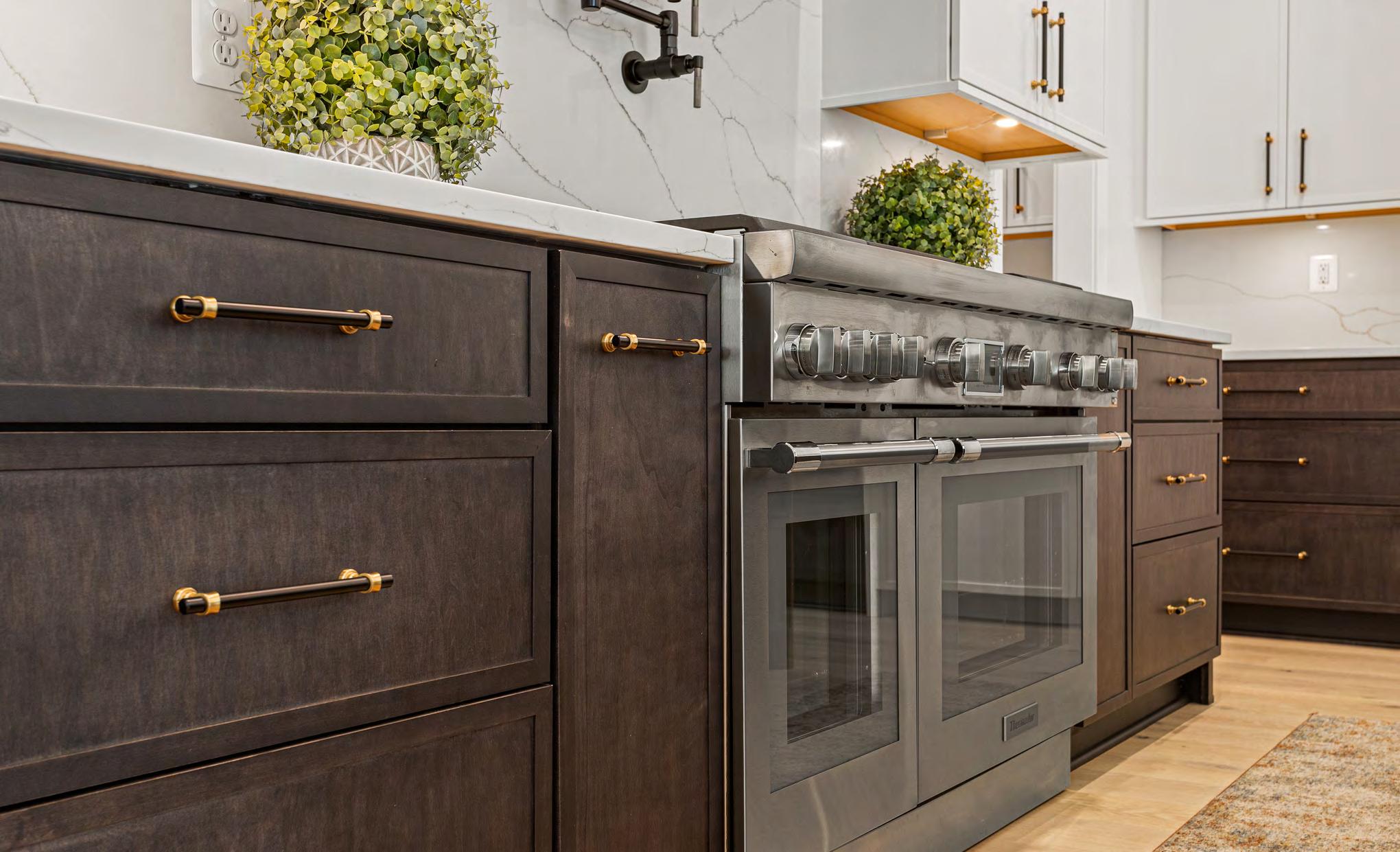
Accent
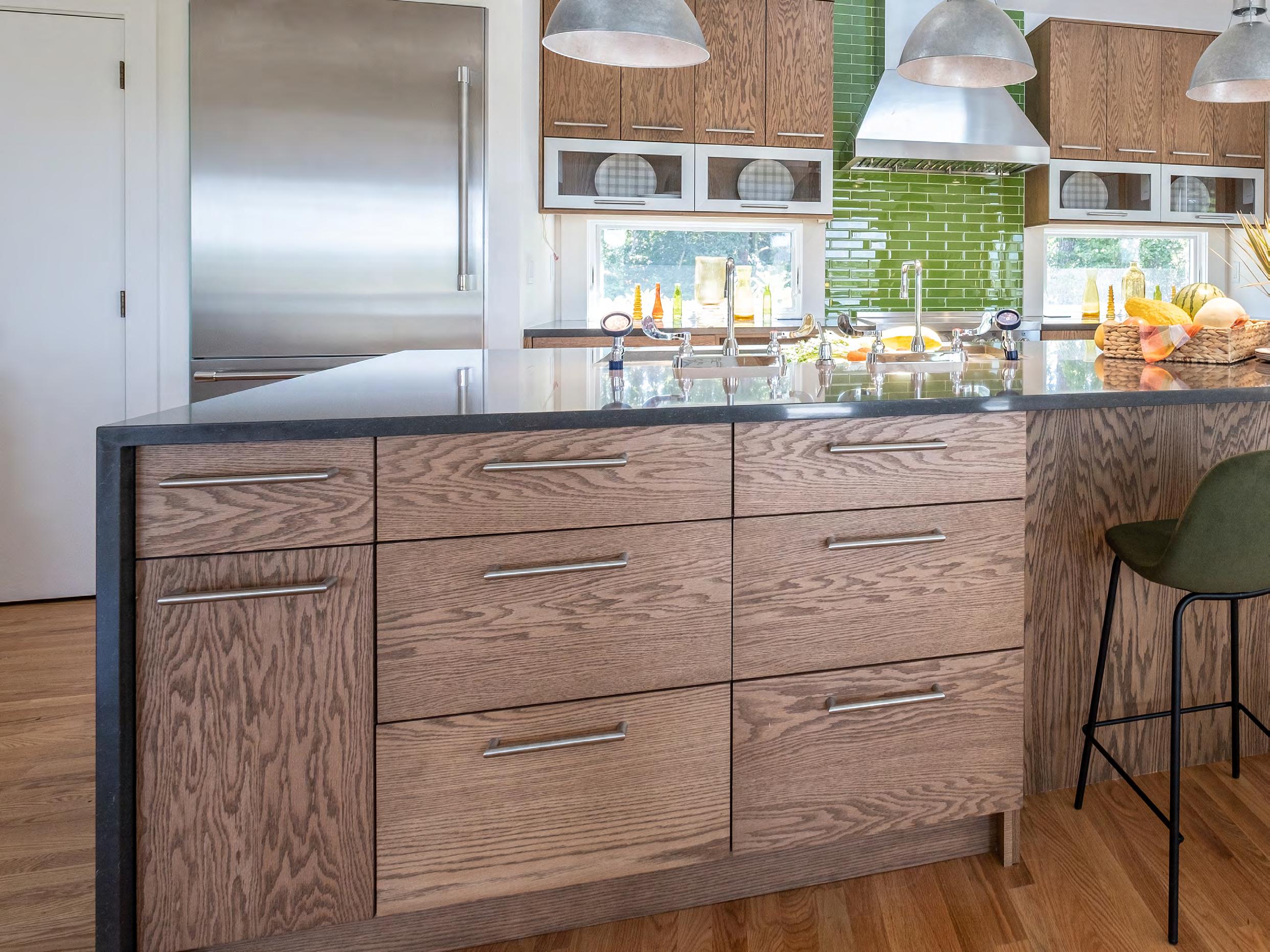

OTHER RESOURCES
For more information on our woods, scan these QR codes.
Cabinet Care
Humidity & Cabinets
More on Lighting
CELEBRATE THE BEAUTY OF WOOD
At Showplace Cabinetry, we collaborate with our suppliers to uphold standards that emphasize the unique and timeless charm of wood. From selecting the right species, to choosing the perfect stain, we’re here to help guide you through the process so you can confidently create a home you’ll love for years to come.
Working with a designer is the best way to navigate these details and find the perfect fit for your space. They’ll help you pair the right species and stain combination to match your vision and comfort level with variation.
Wabi-Sabi: A Natural Perspective
Wood cabinetry reflects the timeless spirit of wabi-sabi—a philosophy that celebrates nature’s irregularities, weathering, and unique charm. Every knot, grain, and color shift is a natural signature, reminding us that beauty isn’t about perfection— it’s about character.





